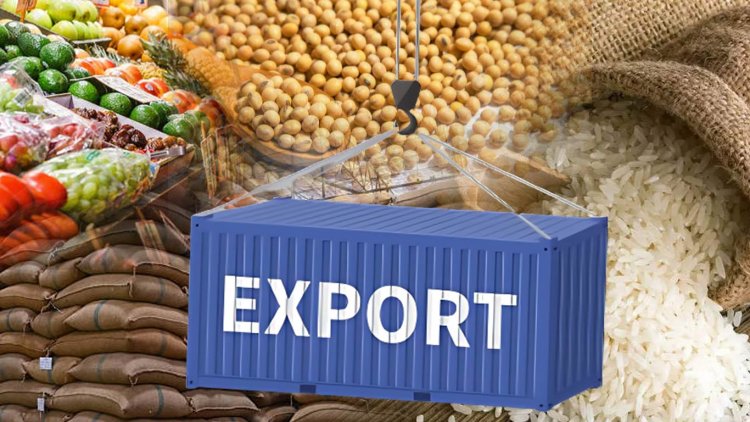Tags
Can Budget Enable $5 Billion Rice Exports?

Among the long list of agriculture initiatives announced in the Rs. 14.4 trillion budget was the blanket duty exemption on agriculture machinery i.e. harvesters, seed planters, trans-planters, and most importantly, dryers for agriculture products but easing this single export can add $5 billion into exports annually.
Only 1 percent of small rice mills out of the total of 800-900 in Sindh province have dryers due to it being cost-heavy with custom duties and high markup loans. Plus, the import restrictions didn’t make it any easy either to import agricultural machinery, but why are the dryers so important?
The dry rice is priced far higher than its wet counterparts in all seasons due to the longer shelf life. “We are often unable to hold and export rice after March because we lack dryers, so we end up selling when the market is paying the least”, a rice trader from Sindh told ProPakistani.
He added that millers are often unable to hold rice for more than one month on the other hand, our regional competitors in India have rice stored for nearly two years as they have better facilities.
On top of that, he went on, higher electricity prices and increased markups of the Export Finance Scheme (EFS) are also hurting exporters while some have opted for solar power to survive this challenging time.
The international market is witnessing the biggest rice shortage in two decades with conflict in Ukraine and weather extremes in China and Pakistan declining production. Prices have seen multiple peaks from $16 per quintal in October when Pakistan’s harvest starts to come in the market to $19.6 per quintal recently, but specific contacts can often price higher for variety and better quality.
Apart from the increased market value, drying also provides security against weather risk and enables exporters to hold their stocks till they can get better rates. But in Pakistan, when rice is harvested from 3 million acres in a one to two months time period, there is no window for conventional drying.
Moreover, wheat sowing urgency is on the horizon around that time and farmers often harvest and sell their paddy even at 21 percent moisture which is bound to discolour in a few months unless dried. Customers are often willing to buy rice from Pakistan at even higher prices than competitors, but our low shelf life beats us in the middle.
Even at the moment, the rice exported from Pakistan is going to the United Arab Emirates (UAE) in Indian-run processing mills in tax-free zones, and from there, it is being exported around the globe, with their stamps of course. Our traders are making 20–25 percent margins per container despite all of that per our sources, so one can only imagine what Indians are making from that.
Talking about the initiatives in the budget, one trader said that while it’s a good initiative on paper, it will be seen whether the government allows the LCs or not. The government’s unrealistic numbers presented in the budget have baffled everyone from academics to industry professionals who say that it tried painting the picture of ‘business as usual’ which is far from reality.
If anything, the budget has only increased the economic uncertainty prevailing since last year, and it will take far more than announcements to make the $5 billion rice exports target a reality. Rice is Pakistan’s second-largest export, and it deserves facilitation from all fronts from research to processing.
https://propakistani.pk/2023/06/22/can-budget-enable-5-billion-rice-exports/Published Date: June 23, 2023







